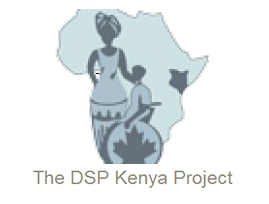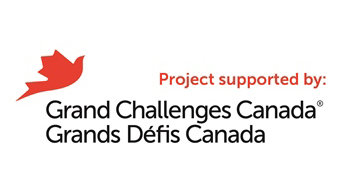4.3.3 – Hearing
Children living with HIV are prone to getting ear infections and many suffer from chronic otitis media.
- Otitis media is especially common in the first two years of life. Low socio-economic status, attendance of day care, absence of breastfeeding, and winter season are all risk factors for developing otitis media.7
Acute otitis media presents with pain, fever and irritability.
- Examination of the ear will reveal typical otoscopic findings of inflammation and infection.
- Many children go on to develop chronic otitis media. These children may be asymptomatic or only mildly symptomatic.
- They may present with pain, hearing loss, dizziness and ringing in the ears.
- The hearing loss may impact on their speech development and the dizziness may affect their balance and gross motor development.
Complications of chronic otitis media include tympanic membrane perforation, meningitis, mastoiditis and hearing loss. Children with painful ears should see their doctor. Children with chronic ear infections should be referred for a hearing test.
Potential causes of these impairments and rehabilitation interventions are shown in the table below.
Table 4.3.3: Clinical Aspects of Hearing Impairments
| Impairments | Possible Etiologies | Rehabilitation Interventions7 |
|---|---|---|
| Hearing loss | Otitis media |
|
7Dashefsky B, Wald E. 1994. Otitis Media and Sinusitis in Patients with HIV Infection. In Pediatric AIDS: the challenge of HIV infection in infants children and adolescents. 2nd edition. Edited by Pizzo P and Wilfert C. Williams and Wilkins

 Previous Page
Previous Page




